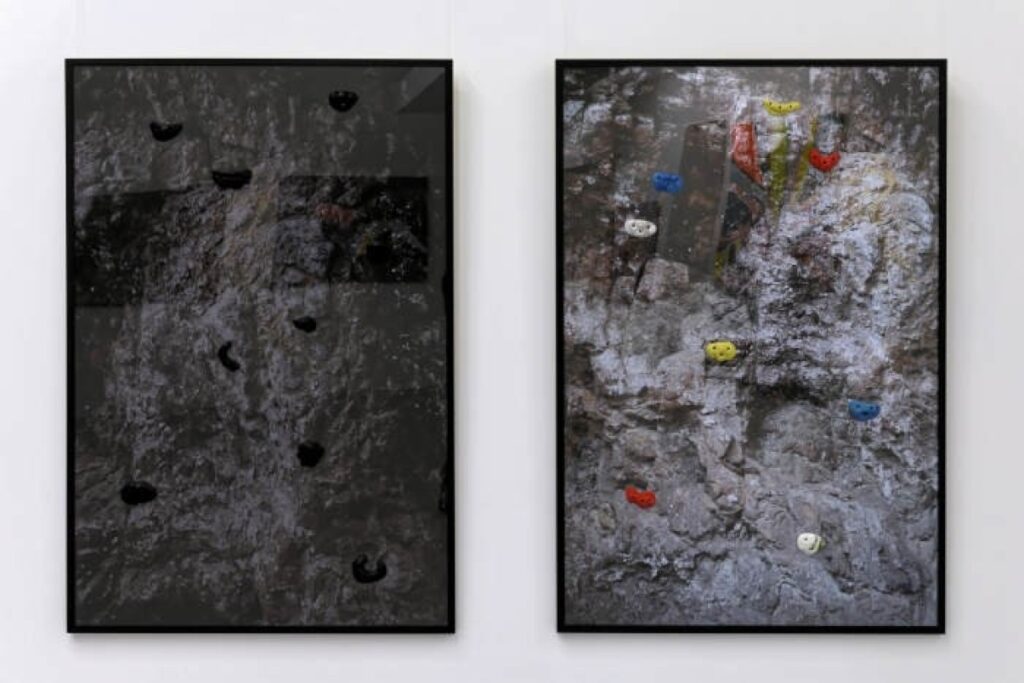
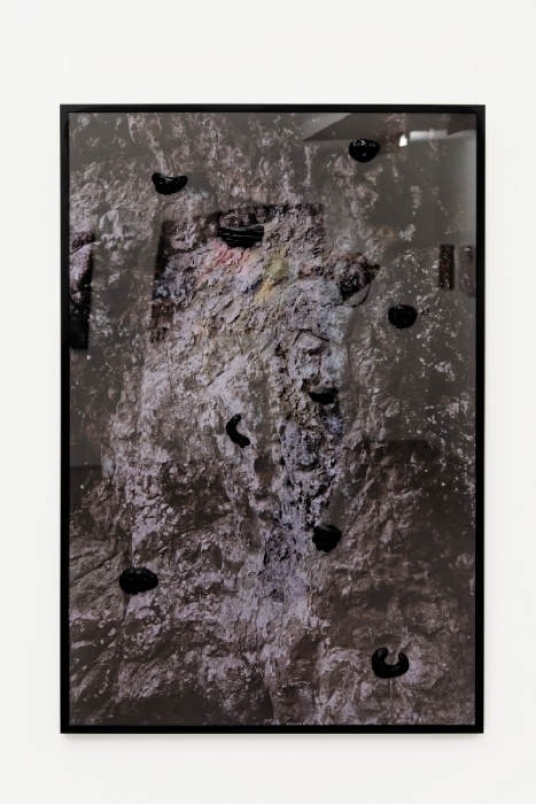
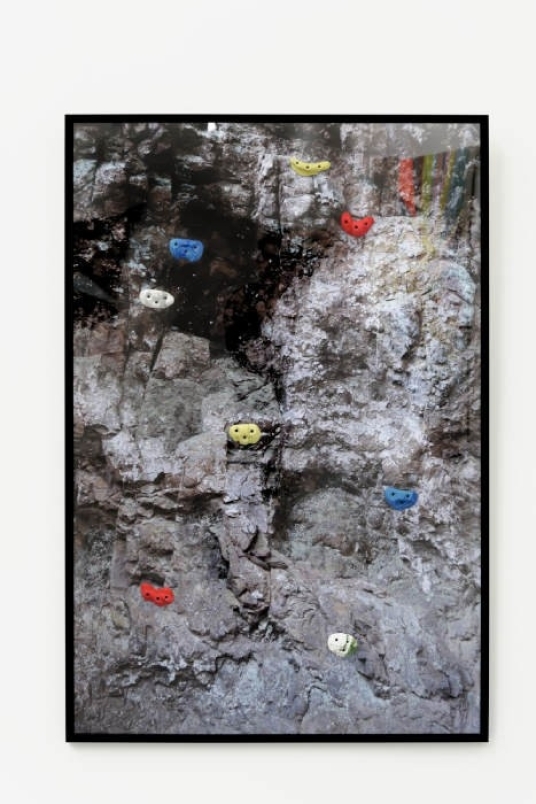
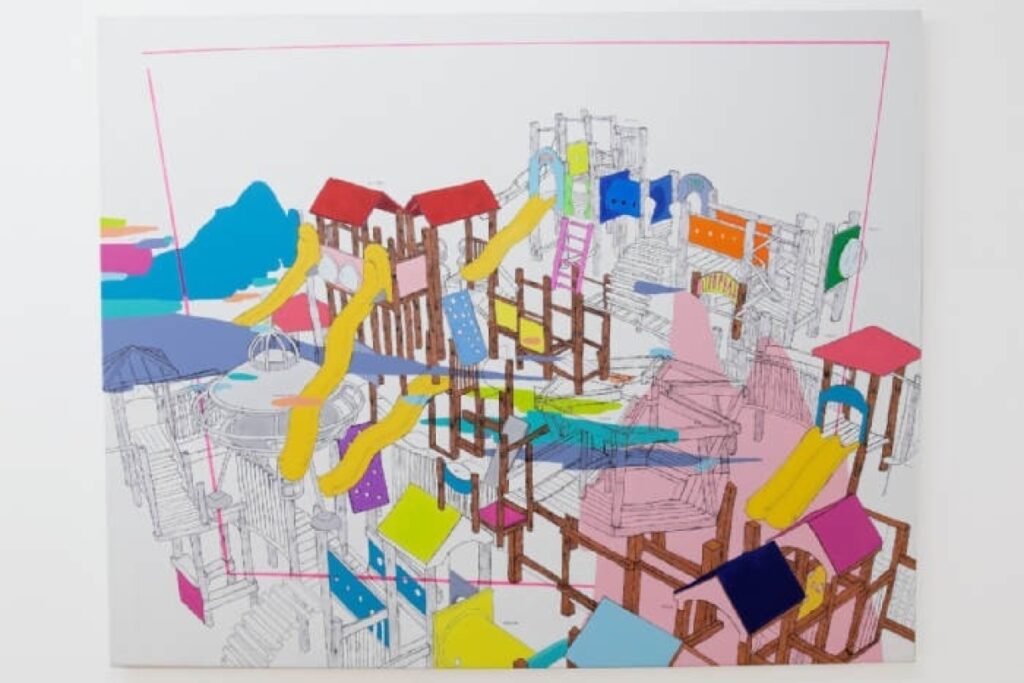
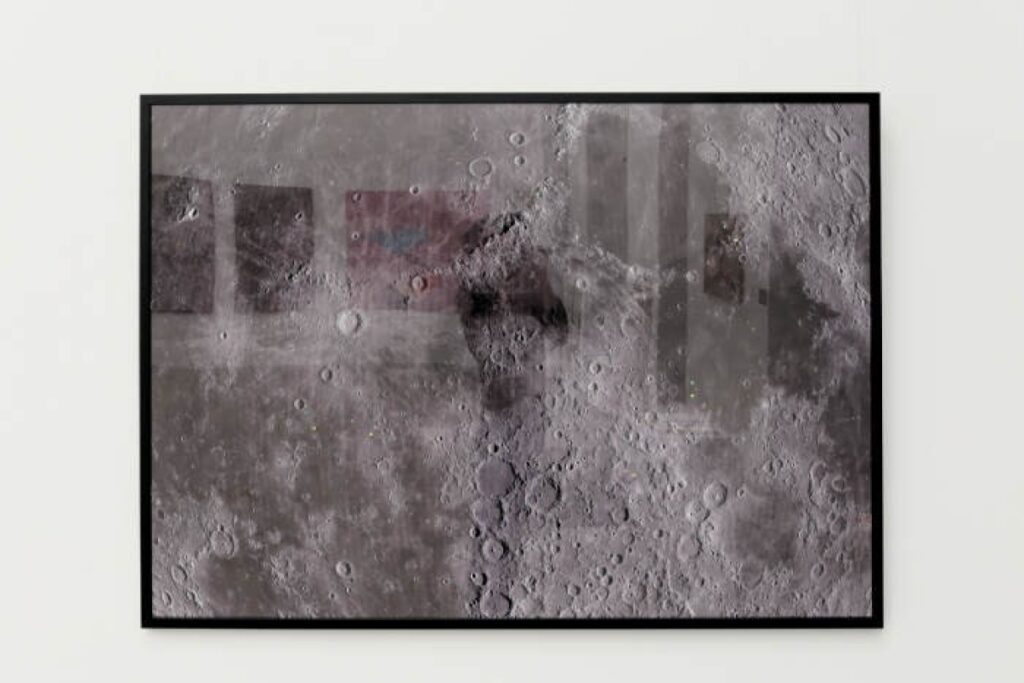
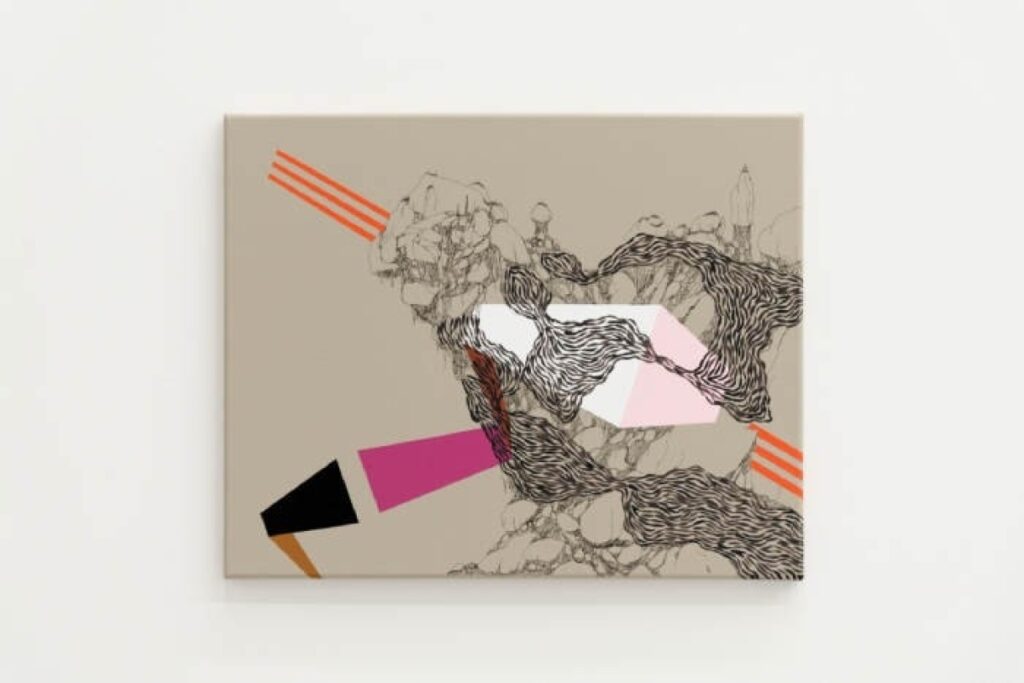
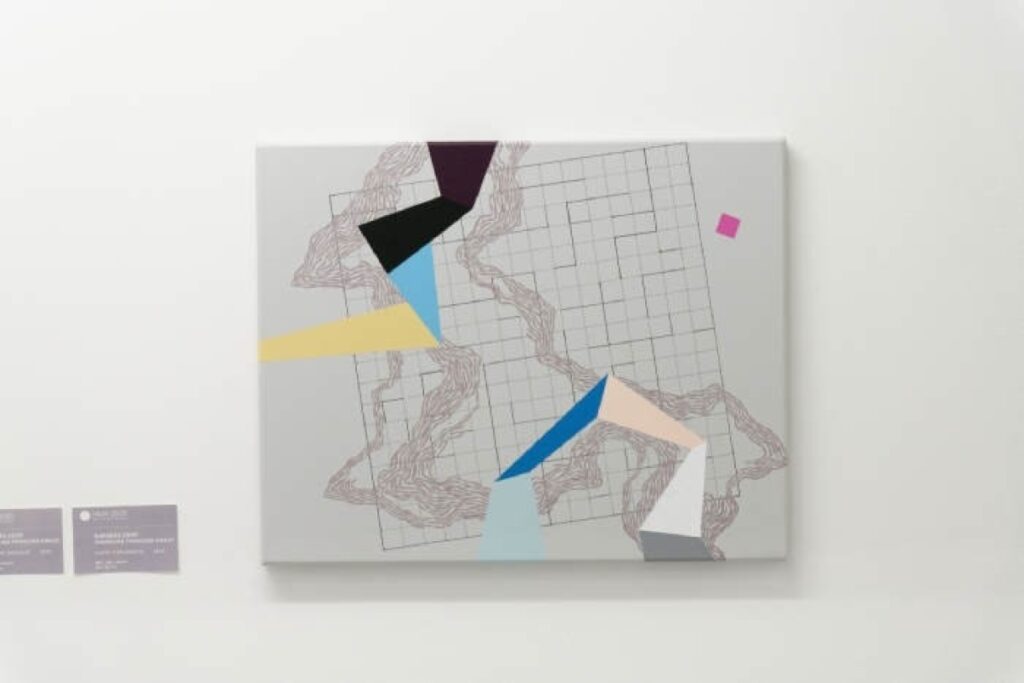
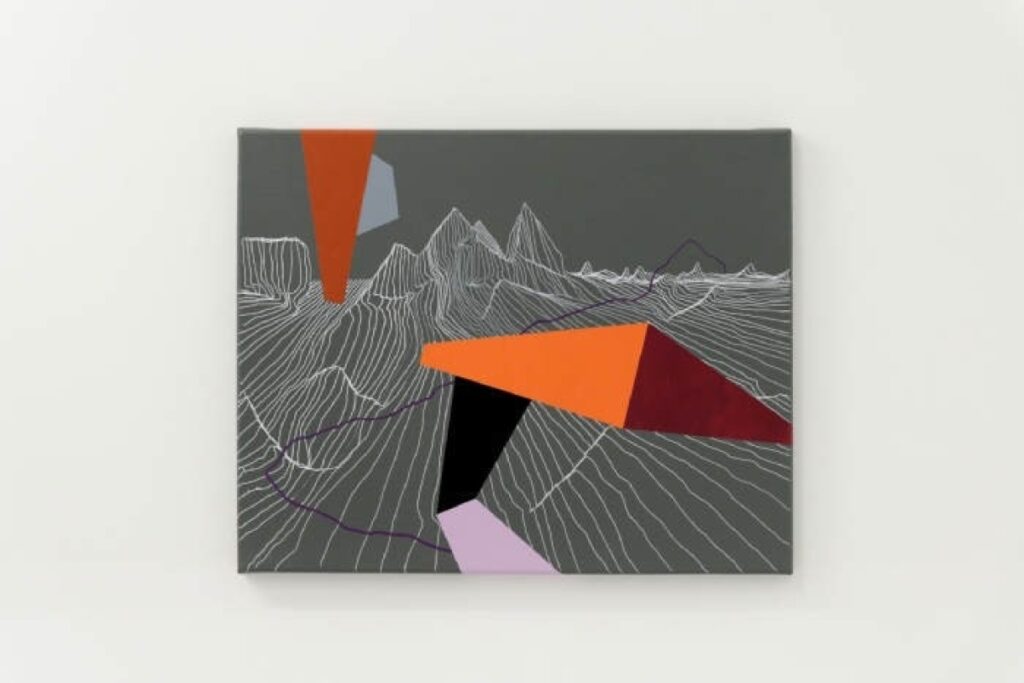
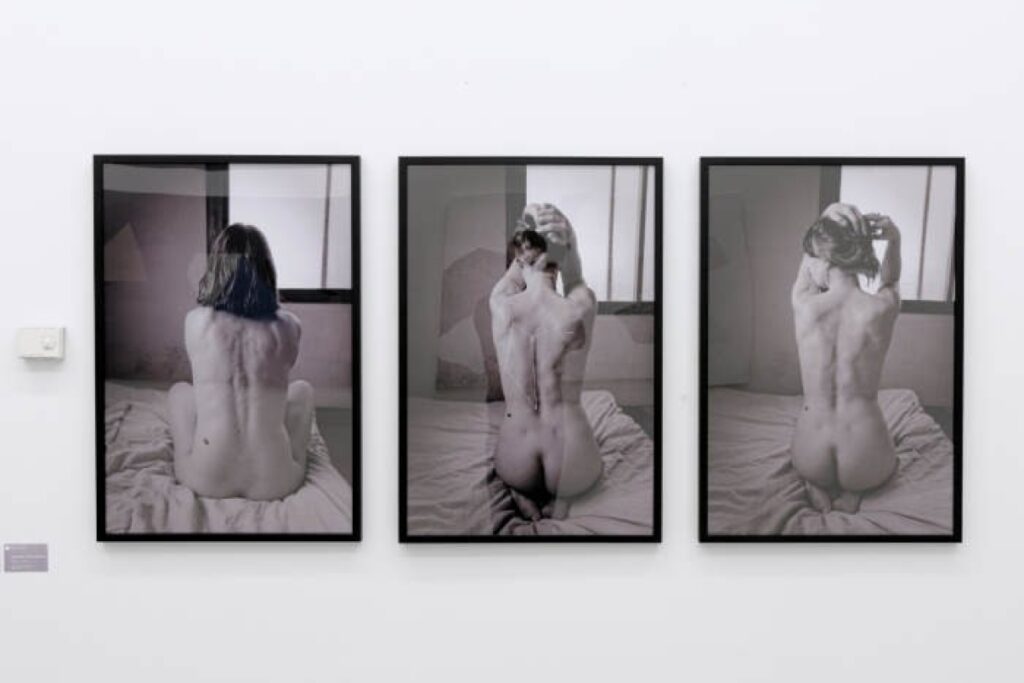
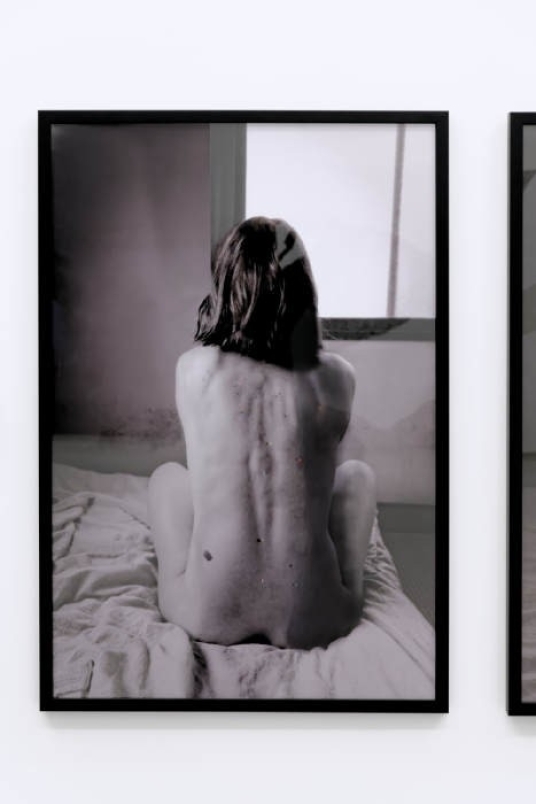
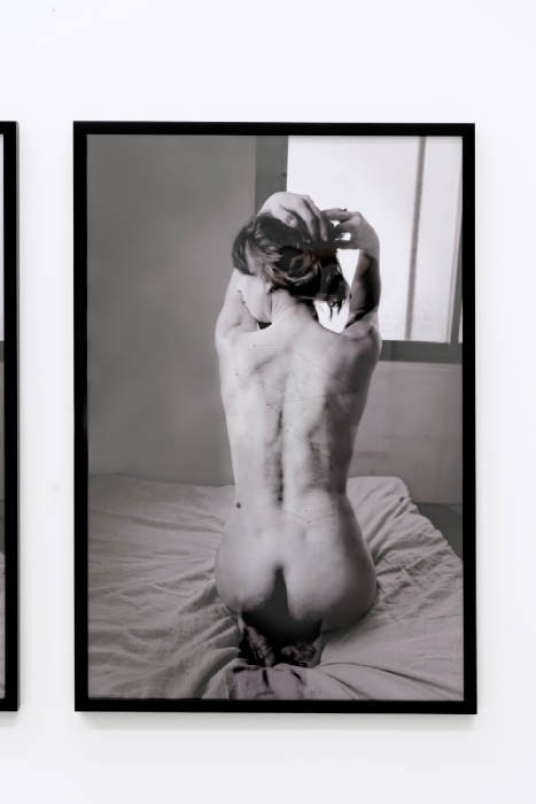
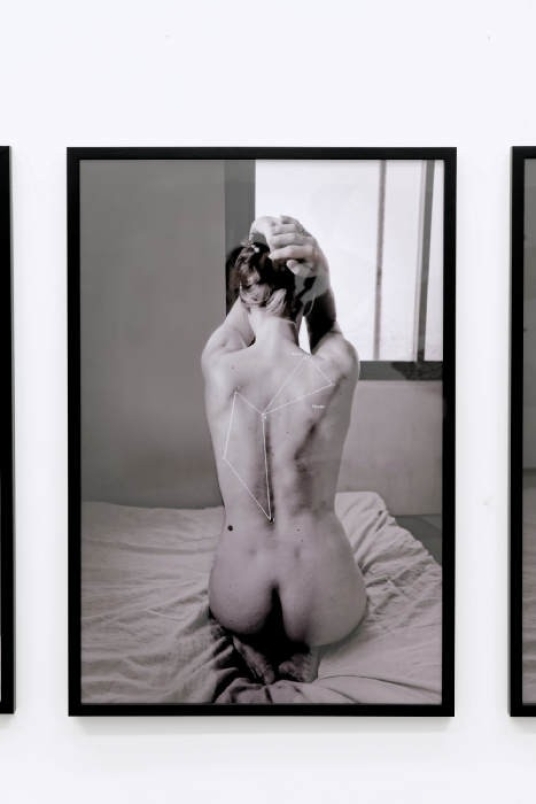
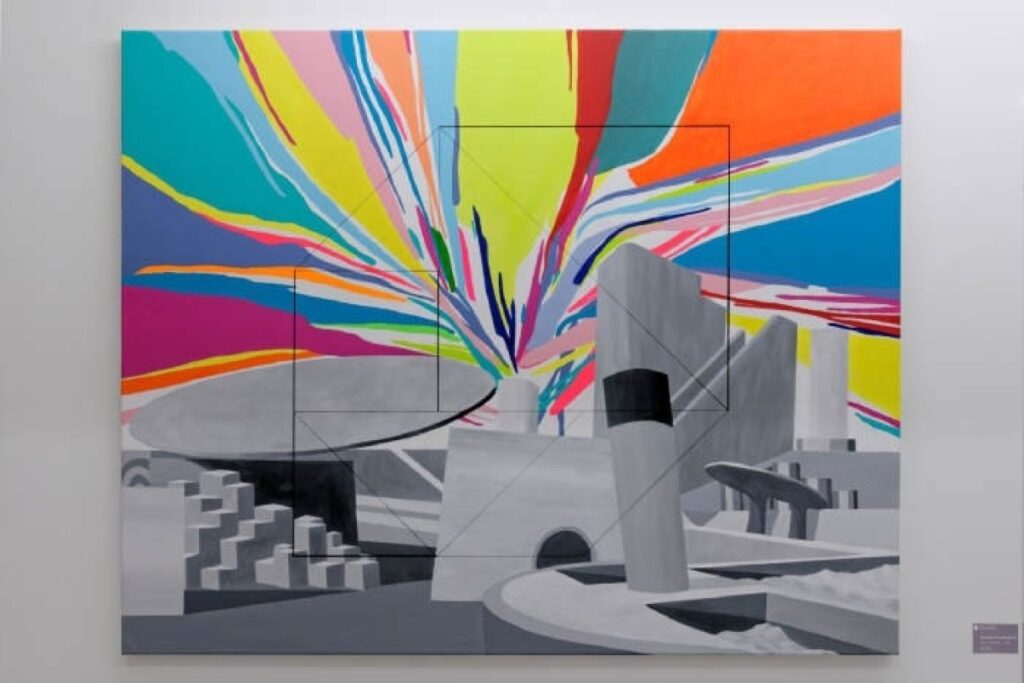
Playground II
Collaborative exhibition with Zsófi Barabás
2015
“These counter-spaces, these locally realised utopias, are well recognised by children. Certainly, it’s the bottom of the garden; it’s the Indian tent erected in the middle of the attic; or still, it’s Thursday afternoons on their parent’s bed. It is on that bed where they discover the ocean, as they can swim between the covers, and the bed is also the sky, or they can bounce on the springs; it’s the forest as they can hide there; or still, it’s night as they can become ghosts between the sheets and, finally, it’s the delight, as their parents come home, as they will be punished”. Michel Foucault, Les Hétérotopies, France-Culture, 7 décembre 1966
Utopias are born in playgrounds, in imaginary territories, in macro-world nebulas. Between her so-close to reality volume representations and her shapeless clouds, it is as though Zsofi Barabas’ world was giving us a way inside her dream world. As for me, I sail between a child’s imaginary world and unusual and oddly-shaped material, I give life and meaning to playgrounds in an attempt to trigger something in the eyes of the spectator. They are hidden images, beneath the bed-sheets or in the depths of the attic, or even at the back of our ateliers, which we assembled together so as to create a world of playgrounds. Welcome to our very own playground.
Playground (Aire de Jeux)
“Ces contre-espaces, ces utopies localisées, les enfants les connaissent parfaitement. Bien sûr, c’est le fond du jardin, bien sûr, c’est le grenier, ou mieux encore la tente d’Indiens dressée au milieu du grenier, ou encore, c’est – le jeudi après-midi – le grand lit des parents. C’est sur ce grand lit qu’on découvre l’océan, puisqu’on peut y nager entre les couvertures ; et puis ce grand lit, c’est aussi le ciel, puisqu’on peut bondir sur les ressorts ; c’est la forêt, puisqu’on s’y cache ; c’est la nuit, puisqu’on y devient fantôme entre les draps ; c’est le plaisir, enfin, puisque, à la rentrée des parents, on va être puni.”
Michel Foucault, Les Hétérotopies, France-Culture, 7 décembre 1966
Ces espaces de jeux, ces territoires de l’imaginaire, ces nébuleuses de macro-mondes, ce sont là où les utopies se créent. Entre des représentations de volumes quasi réelles et de nuages informes, le travail de Zsófi Barabás semble nous faire entrer dans son monde de rêves. Quant à moi, je navigue entre imaginaire d’enfant et supports aux formes inhabituelles, je tente de mettre en relief des aires de jeux pour le regard des spectateurs. Ce sont des images cachées entre les draps, ou au fond du grenier, ou encore au fond de nos ateliers, que nous avons réuni pour tenter de créer un espace de jeux ensemble.
Bienvenue dans notre playground.
プレイグラウンド
[…]このようなカウンタースペース、位置特定ができるユートピアは実は子供たちがよく知っている。それはお庭の奥に作られた隠れ家だったり、または屋根裏部屋だったりする。あるいは屋根裏部屋の奥にたてられたインディアンのテントだったり、親が不在のとき遊び場と化するベッドだったりする。シーツの間で泳げばそこは海となり、ベッドの上ではねればそこは空となる。かくれんぼをすればそこは森となり、シーツでお化けに変身すればそこは夜の世界になる。
ミシェル・フーコー、ラジオフランスカルチャー、1966年12月7日
ユートピアは子供たちの遊び場、または夢の世界、あるいは星雲の彼方に現れる物ではないだろうか。リアルな立体像と雲のように摑み所のない物体で表現されるゾフィー・バラバスの絵画は作家の空想の世界へと観客を招き入れる。また自分の作品では子供のイマジネーションや、形のない形をした物体の中に可能性を探してみた。フーコーのようにシーツの間で空想をし、屋根裏部屋の奥に作られたテントを作るようにアトリエの片隅で僕たちの遊び場を作り制作しました。
プレイグラウンドへようこそ。
